GET ON BOARD
To increase safety on the River Scheldt!
Busy shipping lanes, strong wave action, sandbanks, etc. Sailing a ship safely through the Scheldt estuary can be a daunting task. With its new 'Get on board' awareness-raising campaign, the Joint Nautical Management is promoting increased safety in the Scheldt area among waterway users.
The Joint Nautical Management (JNM) stands for safe and smooth shipping traffic in the Scheldt area. This area is one of the busiest waterways in the world. That’s why
Flanders and the Netherlands work together in the area to promote fast and unimpeded shipping.
After all, how do you increase safety in an area where commercial and recreational shipping use the same waterways? An area where inland and maritime shipping from all over the world come together? A complex area characterised by a lot of highly specific conditions?
Get on board... with Johan and Ingo
"Normally we sail past each other, now we are on a ship together."
Get on board with Ingo Broothaers (river pilot) and Johan Faasse (inland waterway skipper). They sail the River Scheldt every day. And this is only possible because all the waterway users make an effort to improve safety: "There is only one River Scheldt, so we better make sure it is a safe place to work."
Get on board to increase safety
With the new awareness-raising campaign 'Get on board for safety on the River Scheldt', the JNM is highlighting six tricky issues.
1 Do you know the peculiarities of the Scheldt area?
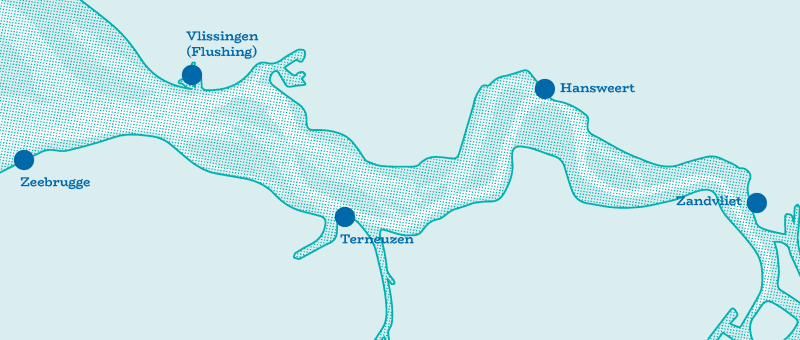
Properly prepare for your voyage. What is the weather forecast? How does the draught evolve along your route? Where must/can you use the main fairway or the side fairway? Which maritime radio channel should you listen to?
2 Use the ‘bike lanes’
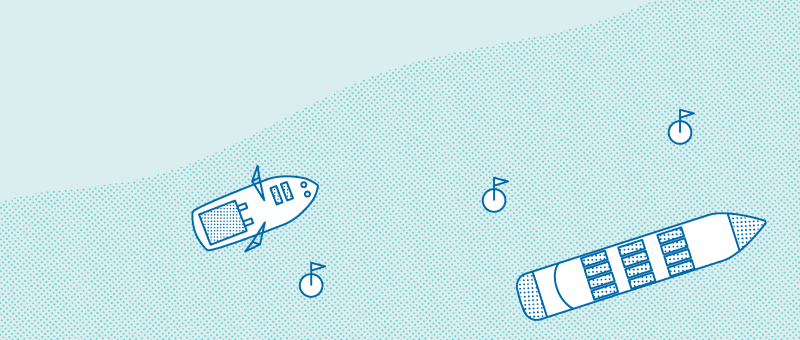
In the Scheldt area the fairways between the lateral markings and the small, yellow buoys form parallel routes : between Braakmanhaven and the Hoek van Ossenisse; between Hansweert and Perkpolder; and at Konijnenschor. Therefore, those who can, sail on the starboard side as much as possible. This particularly applies to recreational and inland waterway shipping. It means there is room for everyone in the fairway!
3 Close all openings before you set off
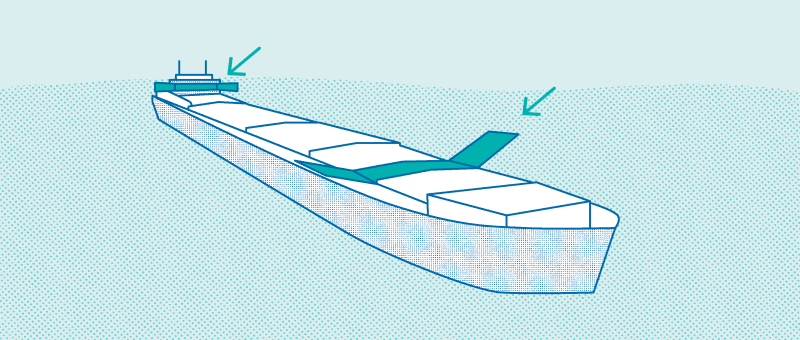
The Scheldt area is a waterway like no other. That means any open shutters or doors pose an even greater danger. So make sure everything has been properly locked and secured. This not only prevents fall hazards, but it also stops water from getting in.
4 Does the helmsman speak the working language?
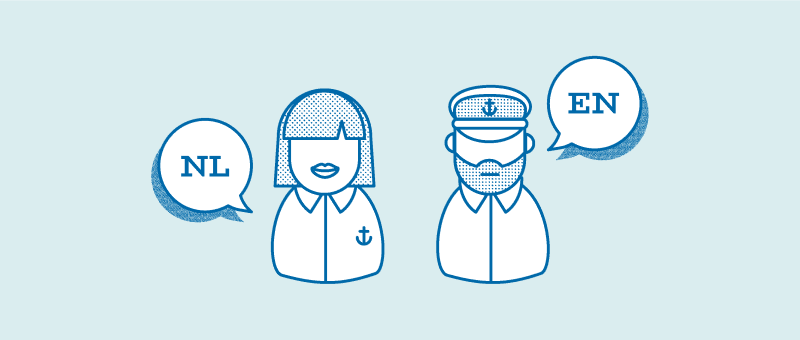
In the Scheldt area, Dutch and English are the working languages for all communication. So make sure your helmsman is proficient in at least one of these languages.
5 Don't allow the wave action to take you by surprise!
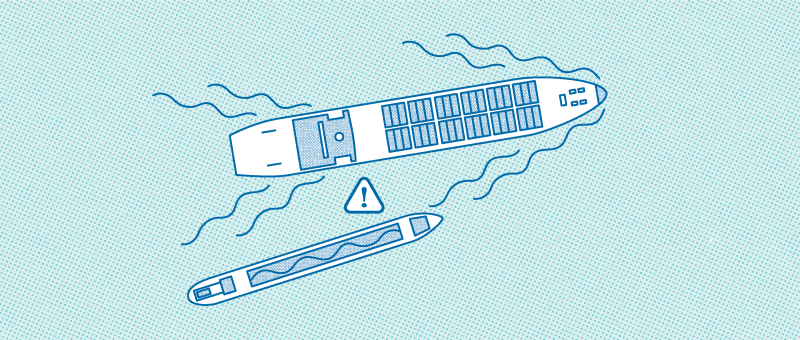
The Western Scheldt is an open estuary. That means there is more wave action than you would expect. Is your vessel sensitive to wave action? If so, don't let the swell or passing ships take you by surprise.
Are you sailing on a larger vessel? If so, give other ships enough room to sail and adjust your speed.
6 Use your maritime radio properly
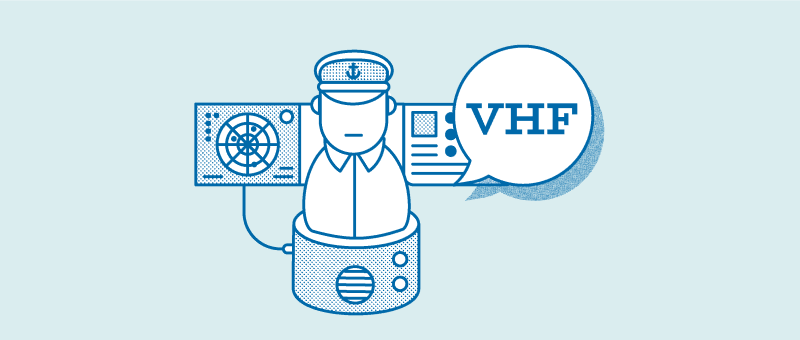
If you use your maritime radio, you obtain information about what’s going on in your area. If you receive a call, or want to report something yourself, respect
radio call discipline. Always address the traffic controller or other interlocutors respectfully.
‘Get on board for safety on the River Scheldt’ is an initiative of the Joint Nautical Management (JNM). The JNM Treaty enshrines nautical cooperation between Flanders and the Netherlands. The Scheldt Regulations provide an overview of all regulations that apply in the Scheldt area. An overview of all legislation applicable to the JNM area can be found on the VTS site.
Read more...